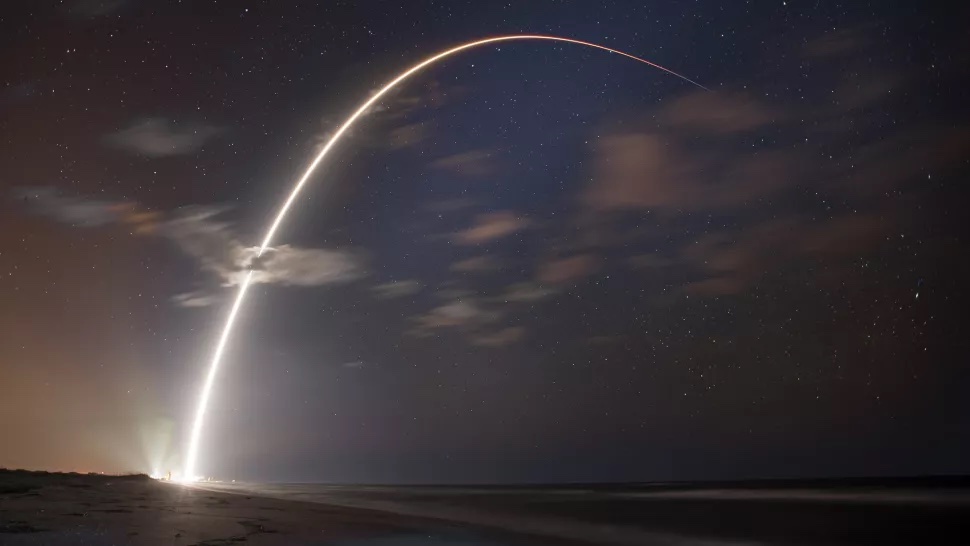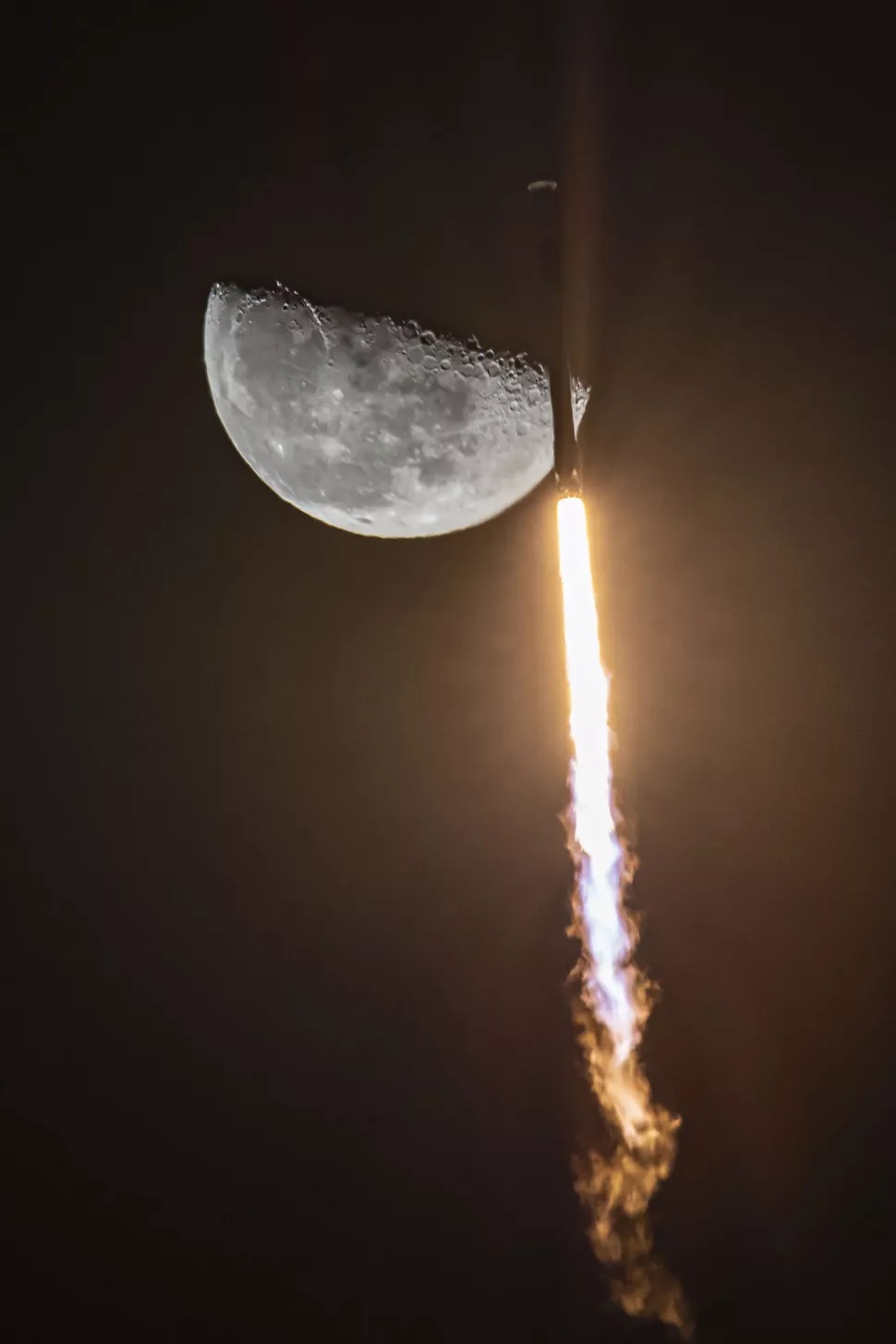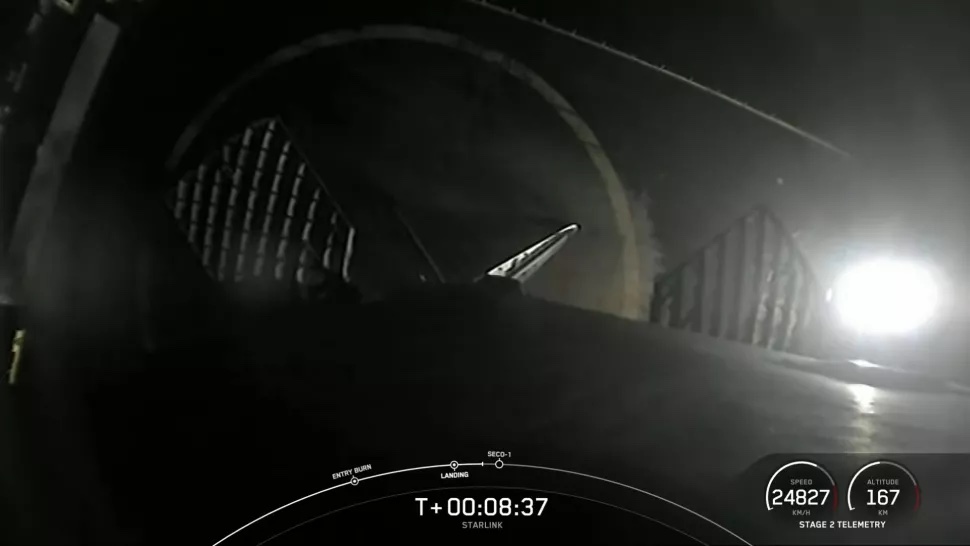What does the invitation to Apple's Far Out event, which will take place on September 7, indicate the appearance and functions of the new iPhones 14 and 14 Pro? More than anything, the starry sky, which is also supported by the text referring to the far distance. So if Apple wanted to hint at something, it should be about the satellite calling function.
However, we know from history that although Apple likes to issue fancy invitations, they don't really have any hidden subtext. However, this time it could really be different, because satellite calling has been talked about for quite some time. This functionality was addressed even before the arrival of the iPhone 13.
What is satellite connectivity
If a device has satellite connectivity, it simply means that it can make typically emergency calls or send text messages over the satellite network. However, there are also devices that use this network for telephone connections, although it is necessary to pay a lot of money for this, because the expensive technology requires expensive fees.
It could be interest you

How to use satellite communication
The function of connecting the device to communicate via satellites is intended to provide connections to people in remote areas where signal coverage from transmitters is not common. These are mainly extreme athletes moving in places where there is no human population, and therefore there is no need to cover the places with a signal at all. However, connecting to a satellite will allow you to be "within range" wherever the satellite "sees".
Using the function in iPhones
I, and probably you, won't use a similar feature in practice, and maybe that's a good thing, because that would mean we're in some trouble. The new satellite functions in iPhone 14 should be focused exclusively on emergency calls or sending SOS messages from uncovered places - typically oceans, high-mountain areas or deserts. Apple should have completed testing the feature by now, so it could realistically include it in its devices. It only has two hooks.
It could be interest you
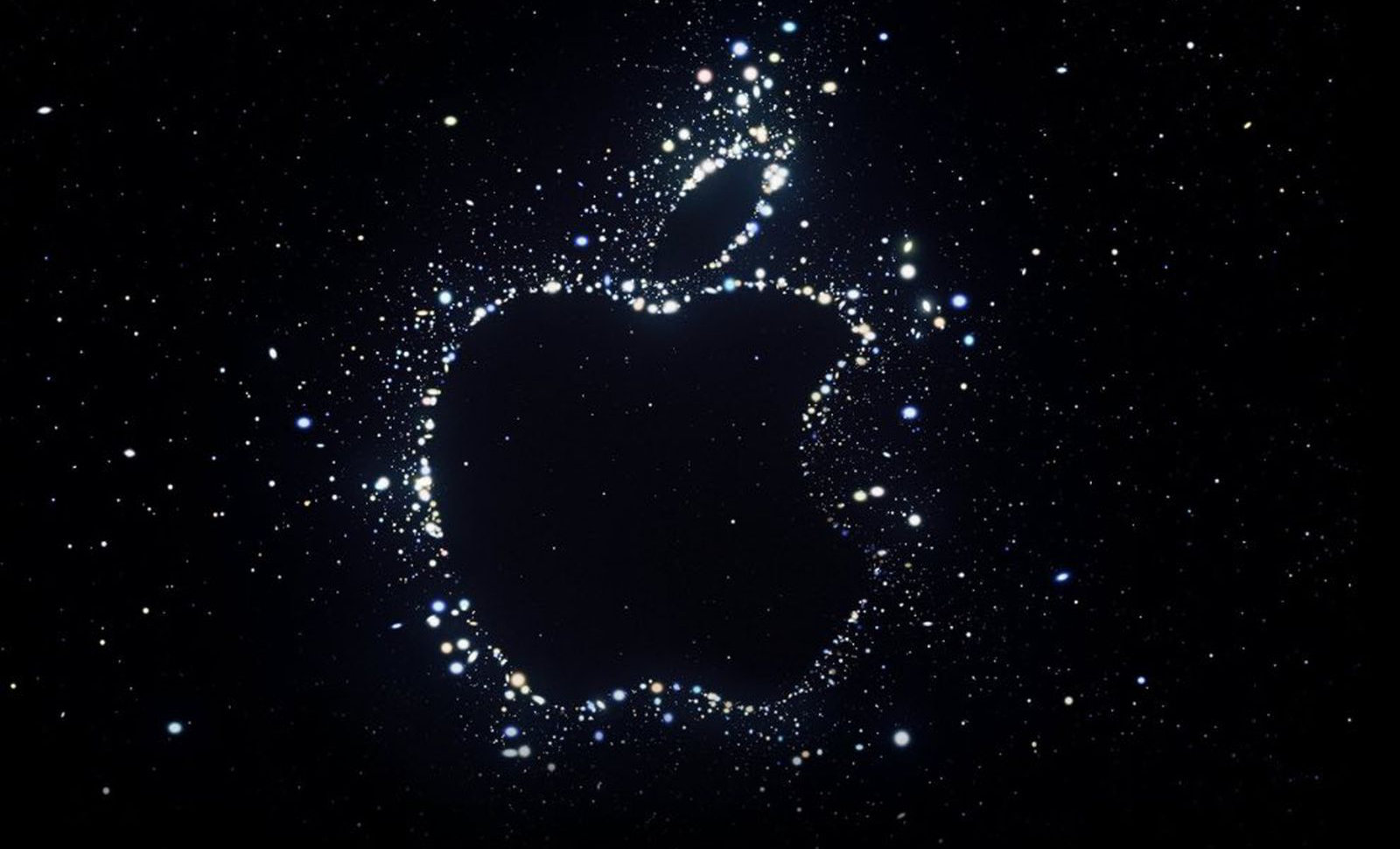
The first is that someone also operates the satellites, so it will depend on a mutual agreement to allow these satellites into their iPhone network. The price will also depend on this, although in case of an emergency it doesn't really matter how high it will be. The second catch is that satellite phones typically only communicate with a specific company's satellites, each offering different coverage. If Apple makes a deal with just one company, the feature will still be limited to certain parts of the world.
Cooperation with the Globastar satellites seems most likely, which has 48 satellites around the planet at an altitude of 1 km, covering North and South America, Europe, North Asia, Korea, Japan, part of Russia and all of Australia. On the other hand, Africa and Southeast Asia are missing, along with most of the Northern Hemisphere.
Antenna a must
In order for iPhones to be capable of satellite communication, Apple would also have to fundamentally redesign their antenna, and the question is whether such a small device would even be able to accommodate it. It can be solved by an external one, but it's already a complication when you don't always have the possibility to use it in crisis situations.
But concerns about this iPhone 14 functionality may also explain why T-Mobile and SpaceX have announced their own satellite feature where customers will be able to access Elon Musk's Starlink space internet through their phones. This is not supposed to happen before a year from now, but both companies announced this well in advance, probably precisely in order to possibly overtake Apple.
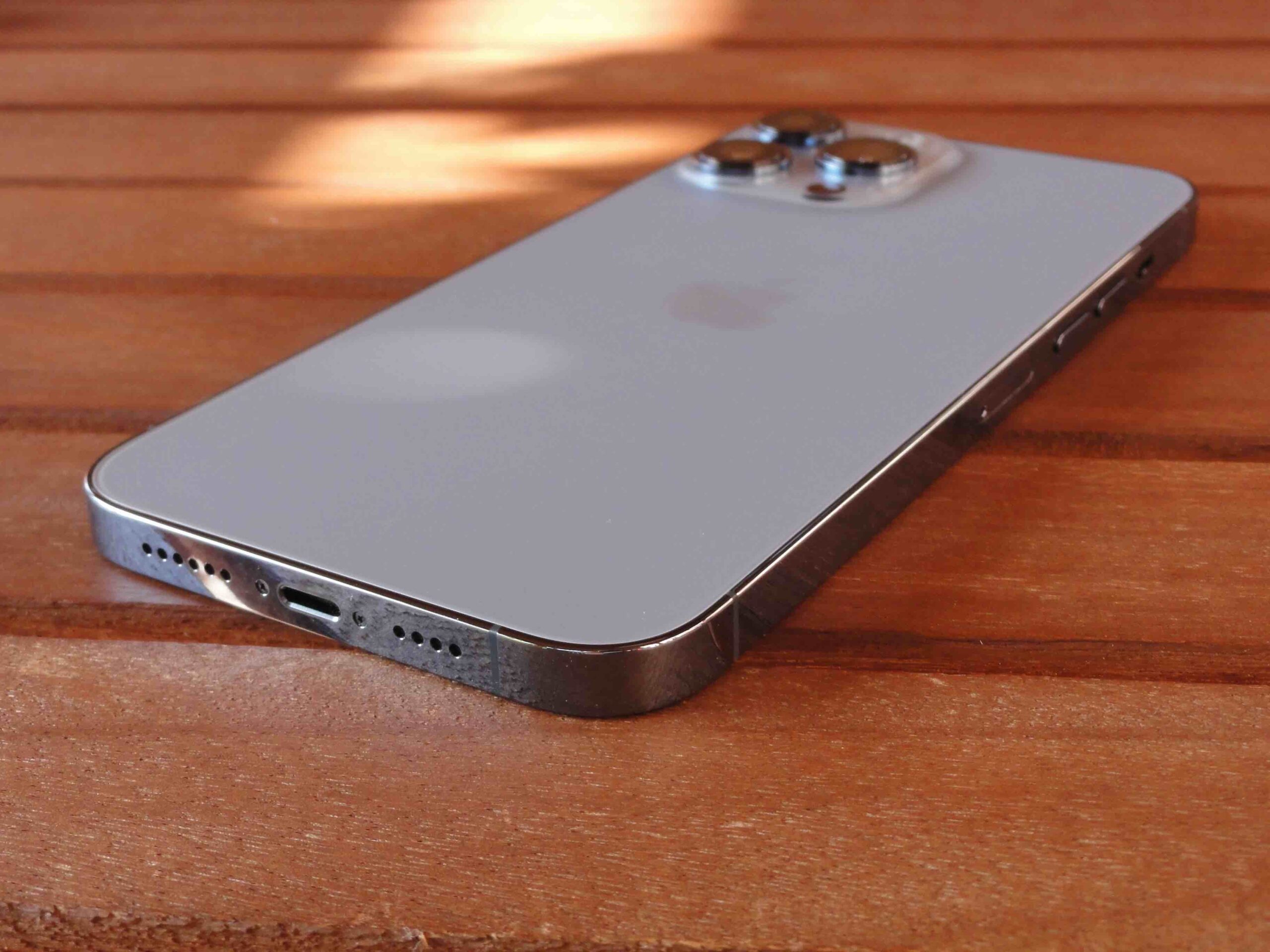
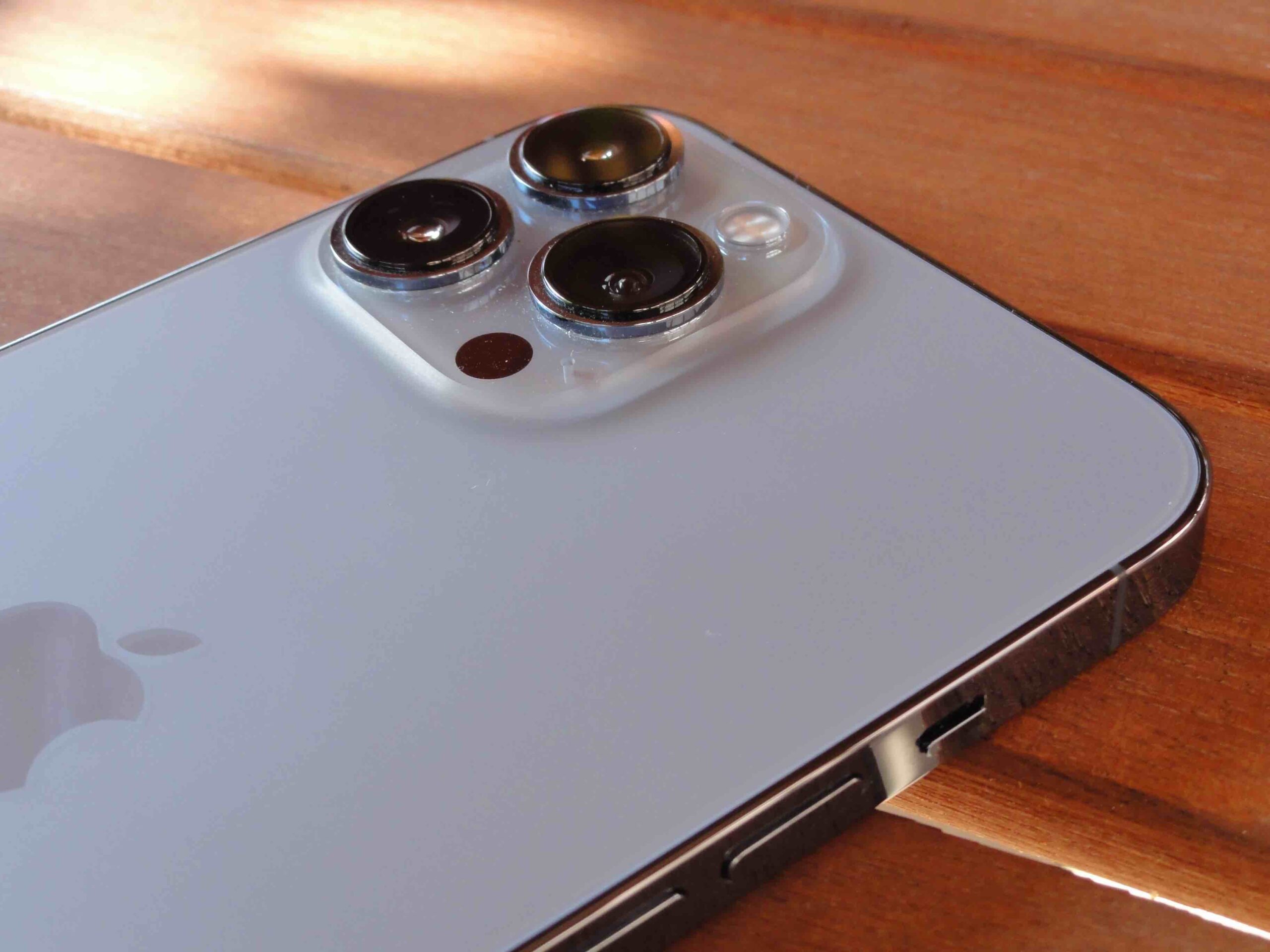
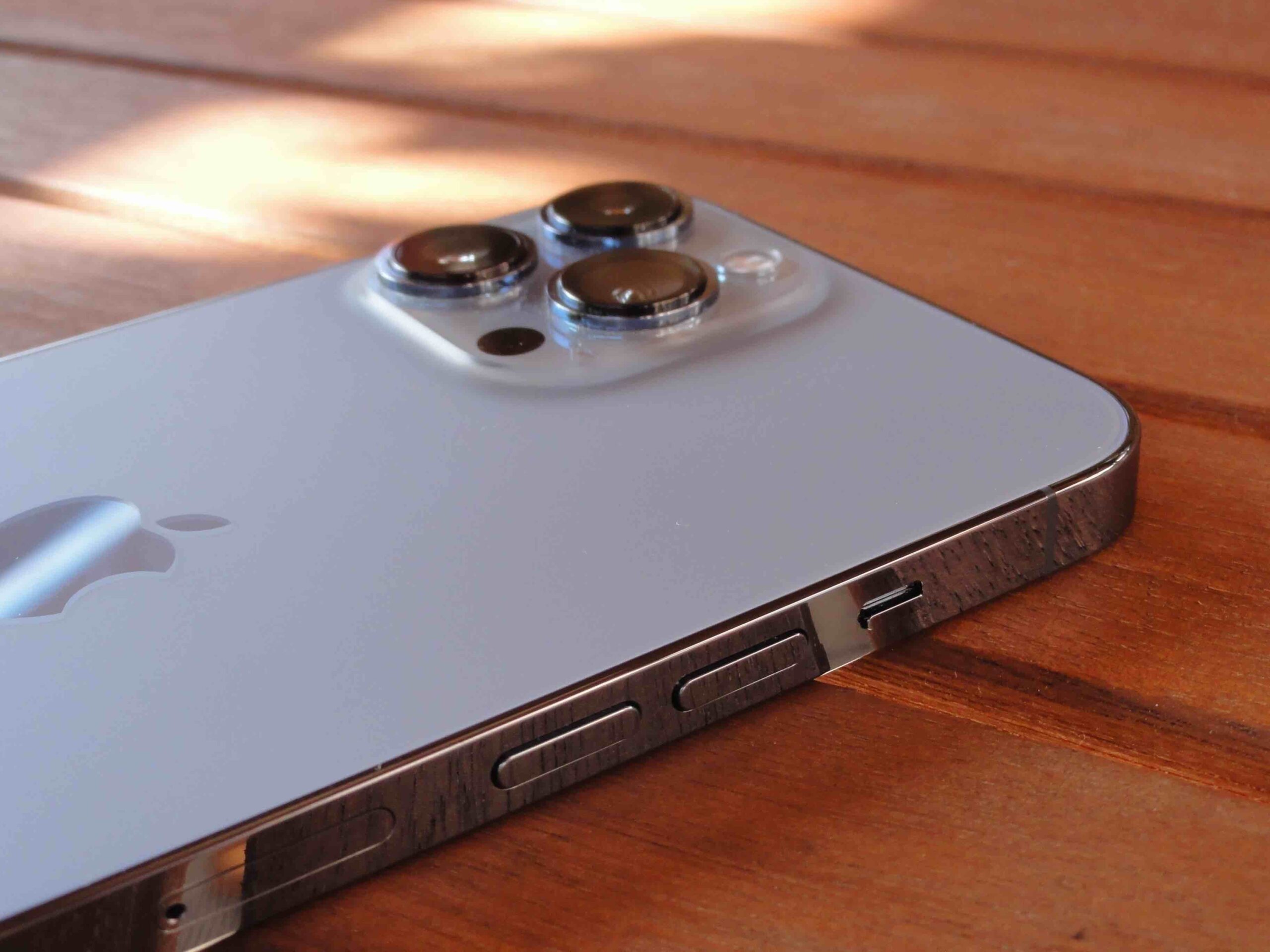
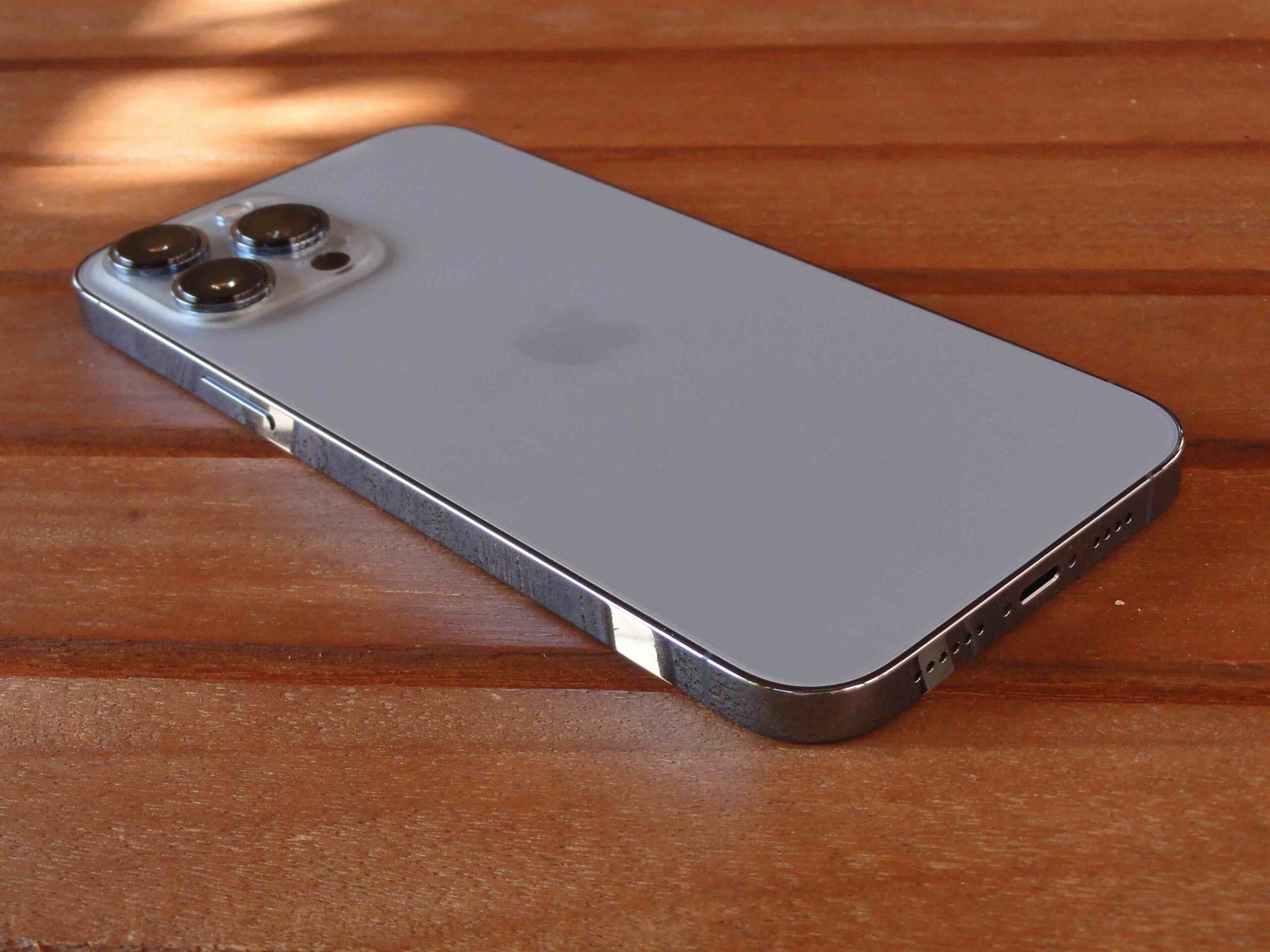
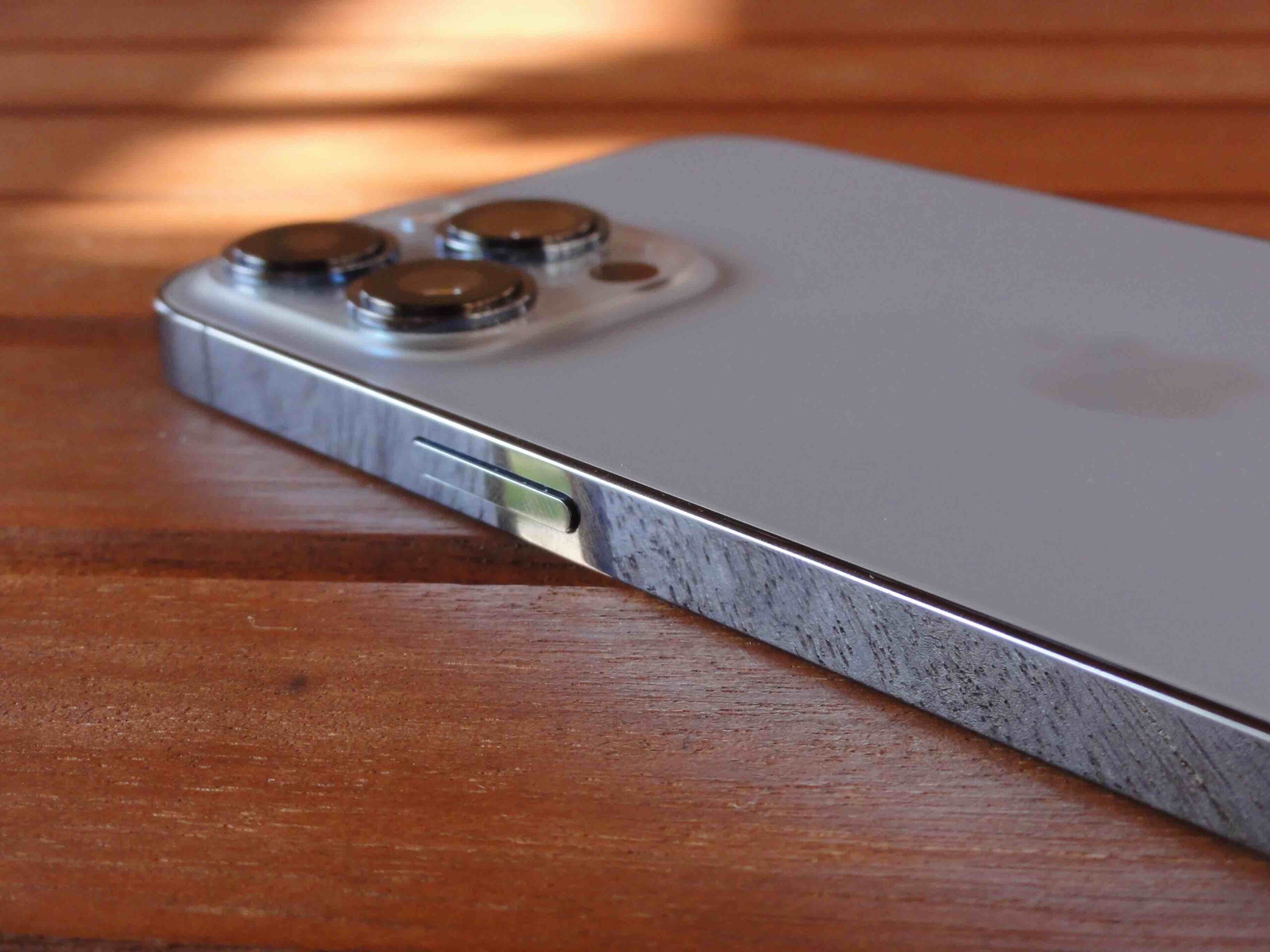
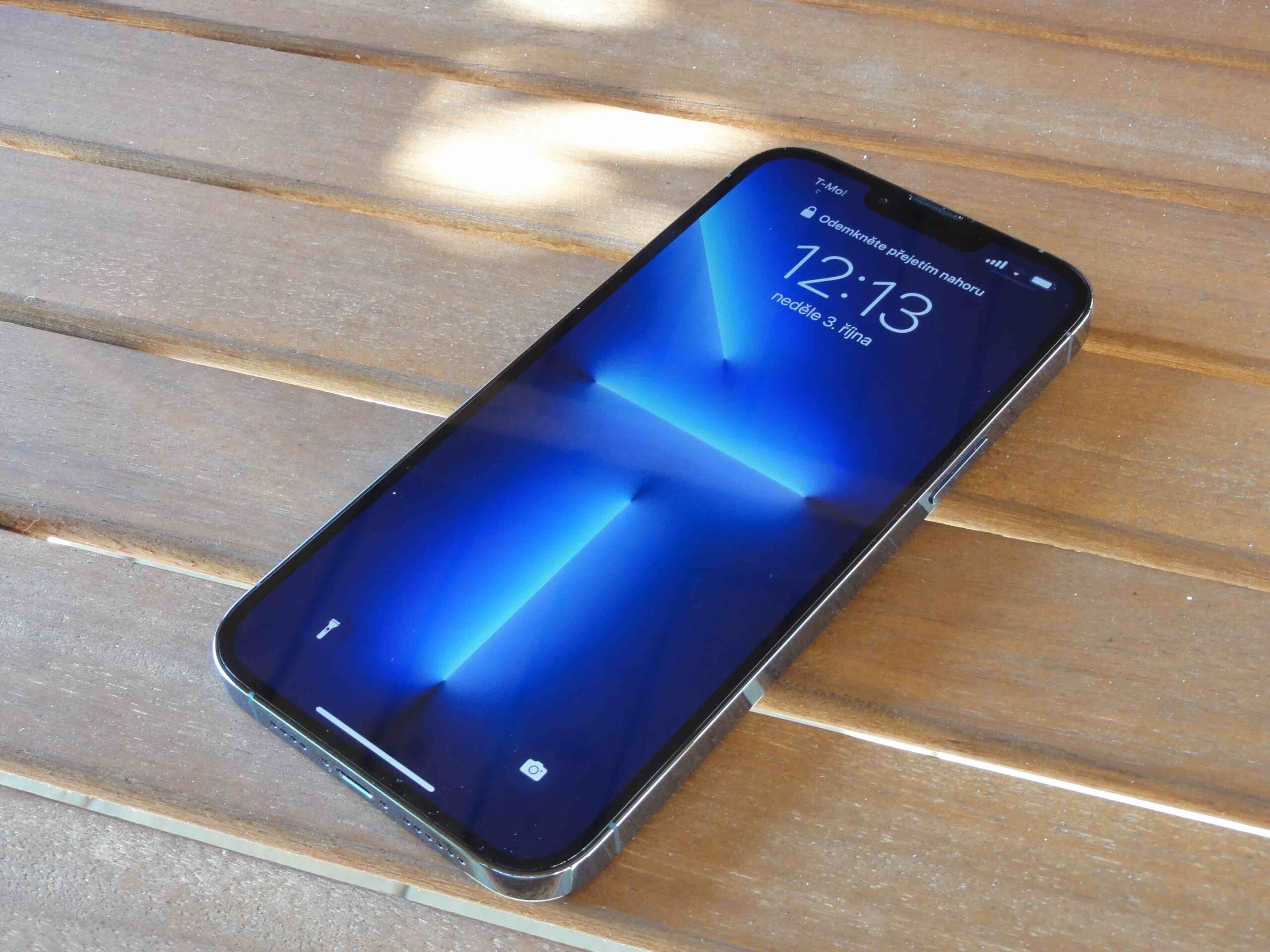
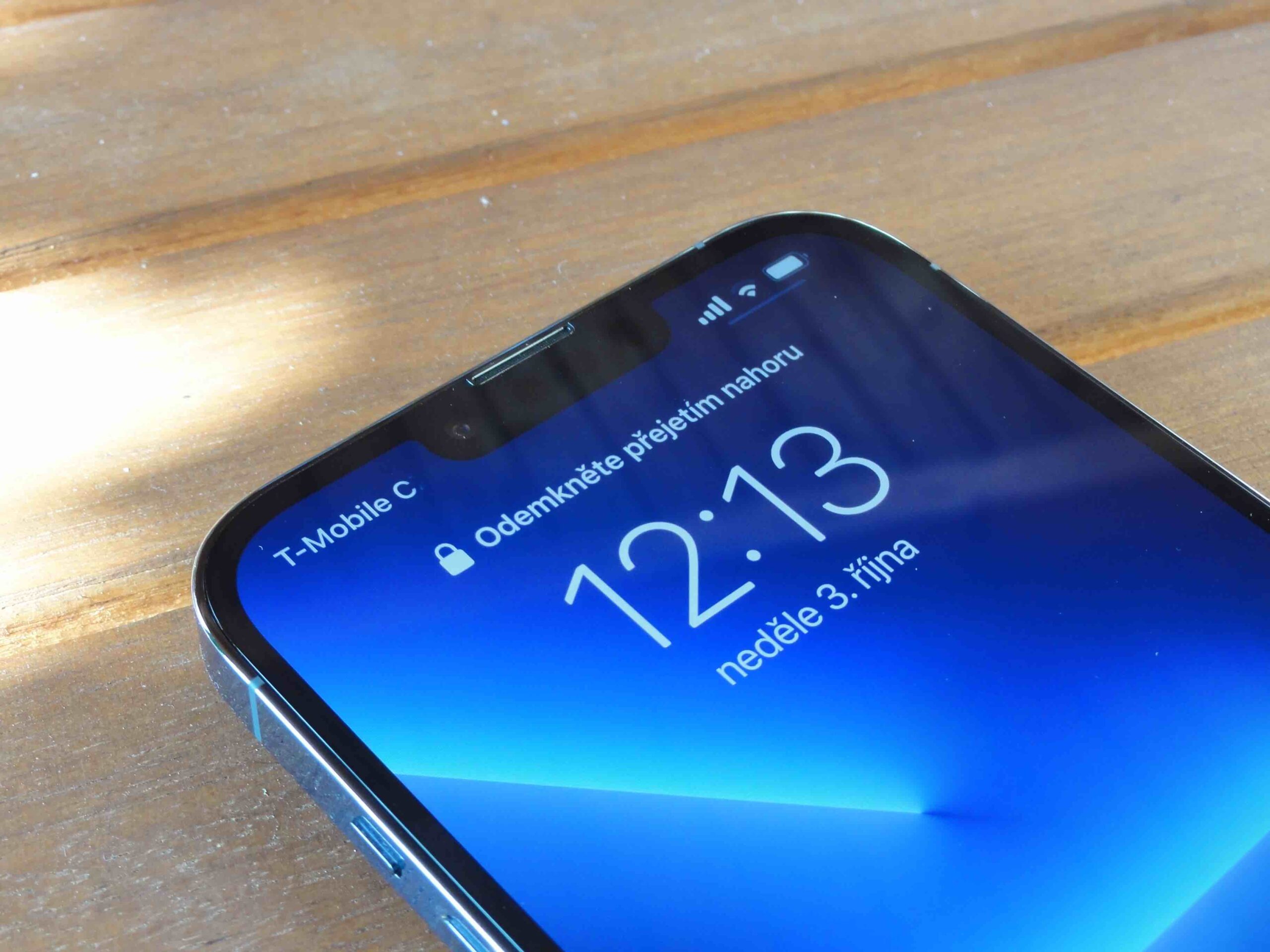
 Adam Kos
Adam Kos 